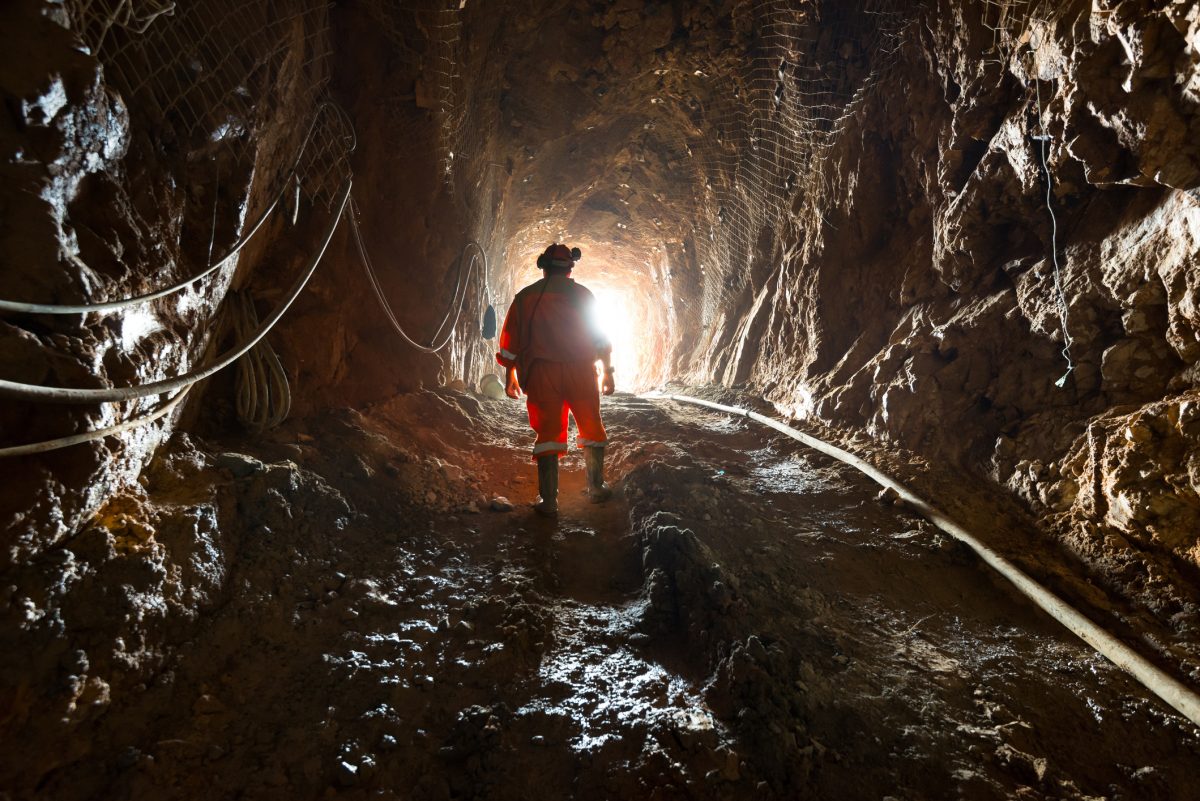Audi Environmental Foundation and TU Bergakademie Freiberg develop method for sustainable raw material extraction.
Rare earths and technology metals such as indium and germanium are essential for modern high-tech applications including electric mobility, fiber optics and semiconductor chips. But the supply situation for many of these materials is considered critical. Not only because they are finite, but above all because larger, economically profitable deposits are usually concentrated in a few countries. In addition, mining the raw materials is technically complex and can pollute the environment.
Reason enough for the Audi Environmental Foundation to join forces with the TU Bergakademie Freiberg to research alternative extraction methods. The result of the two-year project combines so-called in-situ bioleaching with a membrane filter – a minimally invasive process that does not require blasting or large-scale drilling.
Bacteria as tiny miners
In in-situ bioleaching, microorganisms living in the mine play the main role. After small holes are first drilled into the ore vein, the bacteria help separate the metals contained in the rock from each other through their metabolic processes. This not only spares the chemicals that would otherwise be needed, but also heavy machinery and energy, says Rüdiger Recknagel, Managing Director of the Audi Environmental Foundation. Because small quantities of ore can also be extracted, security of supply is increased and dependence on imports is reduced.
The two-stage membrane processing on site also eliminates transport costs and logistics, says Roland Haseneder from the Institute for Thermal Process Engineering, Environmental and Natural Materials Process Engineering at the TU Bergakademie Freiberg. In line with the circular economy, the plant also recycles the microorganisms back into the leaching process.

Photo: AUDI AG
The method has proven successful for the separation and enrichment of indium and germanium, both under laboratory conditions and underground in a research mine. Future plans call for the sustainable process to be used for other elements such as cobalt. In addition to ores with low valuable material content, the research team also sees secondary raw materials from old mining dumps and even urban mining, i.e. the recovery of raw materials from urban deposits such as construction waste or electronic scrap, as suitable fields of application. The TU Bergakademie is now looking for partners for this – with the vision of implementing minimally invasive mining globally.
Read more: Alternative methods for raw material extraction could become increasingly important in the future in view of impending supply shortages. More about new methods and research approaches, also with the participation of TU Bergakademie Freiberg.
Featured image: iStock/tifonimages


